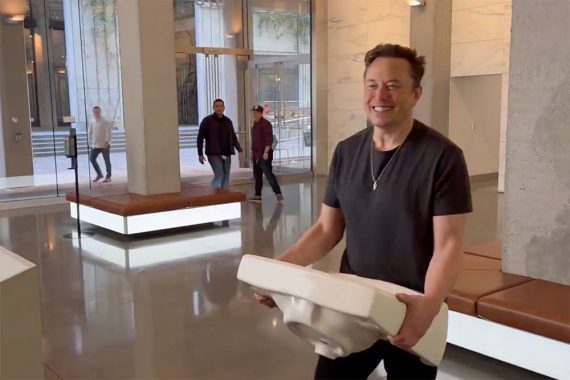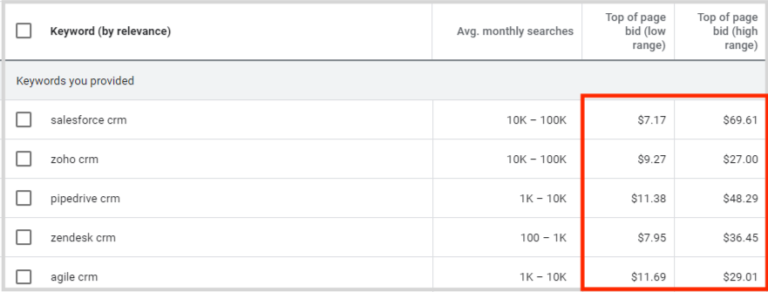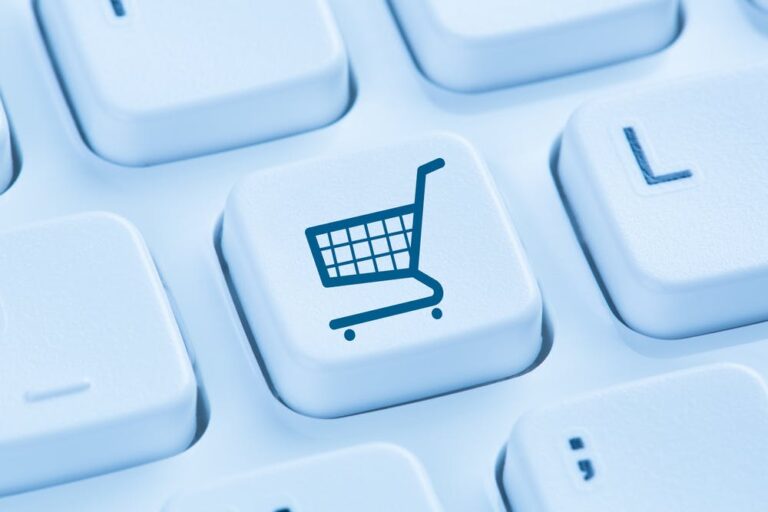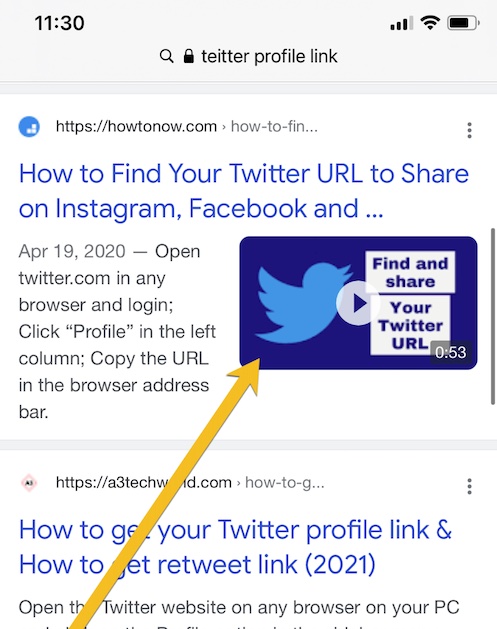As reported by The Wall Street Journal in July:
— Elizabeth Marsten, Senior Director, Marketplace Services, Tinuiti
“How does Instacart work?” It’s a simple enough question on the surface. And the answer can be fairly simple as well, depending on what exactly someone is really asking. Many people asking that question are actually wondering what exactly Instacart is, and/or how they can go about placing an order. So let’s start there. The fact that Instacart exploded in popularity over the past ~2 years is no mystery, mistake, or surprise; the time was right, and they were ready for it.
As for what that process looks like for the customer from start to finish:
Instacart sees advantages fulfillment centers offer for their Shoppers as well. As noted in their company announcement:
How does Instacart work for shoppers?
Image Source
During her Future of Retail Media session, part of this fall’s Tinuiti Live Commerce event, Elizabeth Marsten explained why it’s so important for advertisers to reach customers on apps like Instacart because of all those steps outlined above already being completed. When your ad is first seen on Instacart, shoppers are already in the consideration stage:
- Download the Instacart app to your smartphone or tablet, or visit Instacart.com on your computer
- Click the “Get Started” button, and provide an email address and password to create your account
- Browse through available stores to shop in your area using your zip code
- Choose a store, and add the items you’d like to purchase to your virtual cart, choosing preferred replacement products. These are items that you’re giving your shopper pre-approval to substitute should an item you’ve added to your cart not be available
- Optionally, add a note for your shopper in the delivery instructions box
- Once all your desired items have been added, click the grocery cart icon in the upper-right corner to head to checkout
- Click the rectangular “Go to Checkout” button, select a day and time for your order to be delivered, and indicate if you would prefer a contactless delivery
- Add your payment information, and place your order
The timing being right was two-fold, and inextricably interwoven with the modern tech capabilities that make Instacart…well…work.
Brands did have the ability to modify this product information via a 3P CSP (third-party content service provider), but given the associated cost of a CSP, not all brands have one.
While we anticipate that Instacart’s ‘bread and butter’ (pun intended) will continue to be grocery store orders and deliveries for the foreseeable future, we also expect that the number of partnering stores outside the grocery space will consistently grow over time as evidenced by their variety of platform partners, and plans for global expansion.
As Instacart’s CTO Mark Schaaf shared with WSJ, “Instacart is focusing on identifying new technologies and handling e-commerce for retailers.”
What stores use Instacart?
Whereas personal safety might not have even made the Top 10 list of reasons to use Instacart before the pandemic, suddenly, this service that was previously embraced primarily for its convenience and time saving benefits was now being used to minimize the risk of contracting COVID-19 in crowded public environments.
Whereas personal safety might not have even made the Top 10 list of reasons to use Instacart before the pandemic, suddenly, this service that was previously embraced primarily for its convenience and time saving benefits was now being used to minimize the risk of contracting COVID-19 in crowded public environments.
Instacart’s item availability model, which “predicts whether products were found by shoppers, considering among other variables the time, day of the week, and item-specific metadata,” also underwent changes, including running/refreshing more often to provide better estimates of what items would be in stock once the shopper actually arrived at the store.
Notably, the inventory held in Instacart’s fulfillment centers will still be owned by the retailers themselves. Instacart understands that you don’t have to own the pie to get a piece of it.
“Even retailers that have invested in their own e-commerce platforms use Instacart to reach a wider shopper base. Instacart’s shoppers are more affluent and spend more online than buyers from any other e-commerce retailer, according to NielsenIQ’s e-commerce data. With its growing cross-channel shopper base, Instacart provides retailers an expanded audience of shoppers who would otherwise not purchase from their retailer-branded sites.”
- Product names
- Product images
- Product descriptions
- Nutritional information
- Pricing
- Close-to-real-time availability at every store
“Cloud computing and inexpensive smartphones emerged in the decade after the launch of the first-generation online grocery companies. By 2012, when Instacart began, these technologies had created an environment in which online grocery ordering could finally come into its own.”
As we’ve explored, the answer to that seemingly simple question can take a few different routes, including:
While customers think of Instacart as a service that benefits—and is designed for—them, it is simultaneously a service for the stores themselves.
In May 2021, Instacart announced a “Product Library” feature that put more control in the hands of brands of all sizes—no CSP required.
Instacart is the leading online grocery platform in North America. Instacart itself does not hold the inventory, nor is there any implied relationship between the 700+ retailers and grocers (65,000+ stores) available to shop from through Instacart.
If Instacart’s predictions are right, the fulfillment warehouses will serve as another quadruple win, benefiting Instacart itself, Instacart Shoppers, customers, and retailers.
Instacart Fulfillment Centers: The Robots are Coming
First, the timing was right because the full suite of technological advances needed for grocery delivery to be a viable, successful option was finally in place. As noted by IEEE Spectrum in their comprehensive The Algorithms that Make Instacart Roll:
Instacart also re-engineered their fulfillment capacity model to run/refresh more frequently, resulting in a more accurate estimate of how many additional orders can be handled at that moment.
“We have long used the item availability model, with a few key goals. First, to remove items from the storefront that are unlikely to be found in the store based on near real-time data. And second, to set expectations regarding stock levels and create an experience where customers can select replacement preferences for items that may not be in the store. As demand within different categories continues to ebb and flow, we’ll readjust our availability and replacement models as needed.”
There is also an affluence benefit, as noted by NielsenIQ:
“Our catalog updates automatically and continuously around the clock to account for all sorts of incremental changes—more than a billion data points every 24 hours on average.”
“In a year of monumental online sales, few impacted the consumer packaged goods (CPG) industry’s growth more than Instacart. A third-party grocery delivery and pick-up service provider, Instacart grew by over billion in 2020, second only to Amazon in CPG sales growth.”
In short, Instacart has a lot to keep track of, with “billions of different data points” to consider. To accomplish their goals, they effectively never stop running the numbers, noting they “process petabytes daily in order to keep these billions of data points current.”
In such fulfillment centers, the company will use robots to pull items from warehouses and have Instacart’s workers pack and deliver orders.”
Instacart notes that their database includes:
Historically, supplying product content to Instacart was largely the responsibility of retailers themselves; this content, which was originally received from the brands, includes item images, titles, relevant keywords, and product descriptions.
“Today, Instacart aggregates product data from a variety of sources, relying on automated rule-based systems to sort it all out. Many stores send us inventory data once a day, including pricing and item availability, while other retailers send updates every few minutes.”
“We saw five years of growth in a matter of five weeks. And the growth has continued. We grew over 300% year-on-year.”
So…What is Instacart?
“Our next-gen fulfillment work will also help reduce some of the things that make in-store shopping cumbersome for Instacart shoppers, like crowded store aisles, out of stock items and long checkout lines. We believe – over the long-term – partnering with retailers to bring next-gen fulfillment technologies together with the personal touch and care of Instacart’s shopper community will create an even more seamless online grocery experience that’s faster and more affordable for customers and delivers even more value and growth to retailers.”






